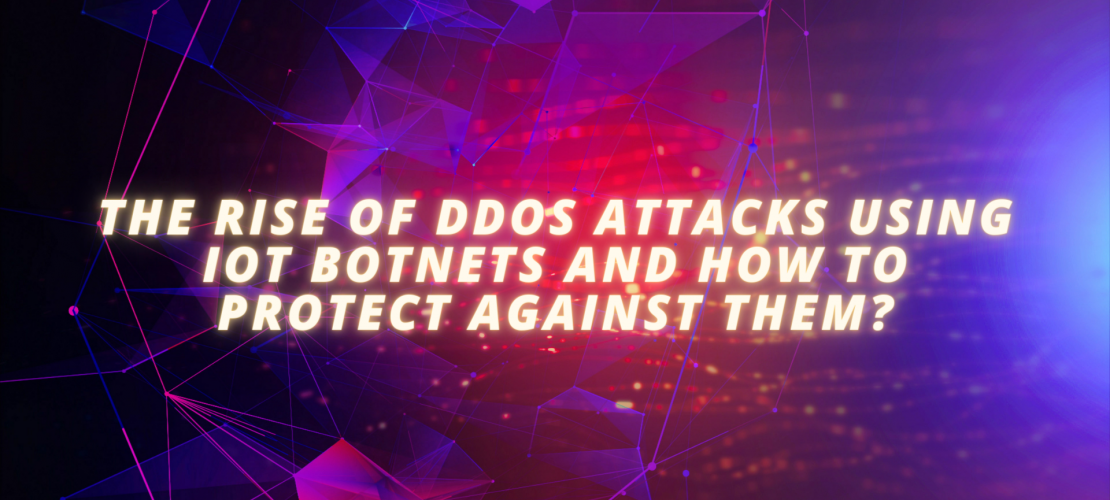In recent years, DDoS attacks have become more sophisticated and damaging. One of the most significant developments in DDoS attacks is the use of Internet of Things (IoT) botnets. In this blog, we’ll take a closer look at what IoT botnets are, how they are used in DDoS attacks, and some best practices for protecting against them.
What are IoT Botnets?
IoT botnets are networks of compromised IoT devices that can be remotely controlled by cybercriminals. IoT devices are connected to the internet and include devices such as routers, cameras, and smart home devices. Many IoT devices have weak security and are easy to compromise, making them an attractive target for cybercriminals.
Once a device is compromised, it can be used as part of an IoT botnet to carry out DDoS attacks. An IoT botnet can consist of thousands or even millions of devices, making it an extremely powerful tool for cybercriminals.
How are IoT Botnets Used in DDoS Attacks?
DDoS attacks using IoT botnets work in a similar way to traditional DDoS attacks. The goal is to overwhelm the target system with traffic, making it inaccessible to legitimate users. However, IoT botnets can be more challenging to detect and mitigate than traditional DDoS attacks.
IoT botnets can launch both volumetric and application-layer attacks. Volumetric attacks involve flooding the target system with traffic, while application-layer attacks target specific vulnerabilities in the application layer of the target system. In some cases, IoT botnets can launch both types of attacks simultaneously, making them even more powerful.
Protecting Against IoT Botnet DDoS Attacks
Protecting against IoT botnet DDoS attacks requires a multi-layered defense strategy that includes both technical and non-technical measures. Here are some best practices for protecting against IoT botnet DDoS attacks:
- Secure IoT Devices:
The first step in protecting against IoT botnet DDoS attacks is to secure IoT devices. This involves ensuring that IoT devices have strong passwords, that firmware is up-to-date, and that default settings are changed. IoT devices should also be segmented from the rest of the network to prevent attackers from moving laterally across the network. - Deploy Network-Level Protection:
Network-level protection mechanisms such as firewalls, intrusion prevention systems (IPS), and content delivery networks (CDNs) can help to prevent traffic from reaching the target system. These defenses can detect and block traffic from known malicious IPs and domains, reducing the load on network and application-layer defenses. - Implement Application-Level Protection:
Application-level protection mechanisms such as load balancers, web application firewalls (WAFs), and application delivery controllers (ADCs) can detect and mitigate attacks at the application layer. These defenses can help to identify and block malicious traffic targeting specific vulnerabilities in the application layer. - Monitor Network Traffic:
Continuous monitoring of network traffic can help to identify and mitigate IoT botnet DDoS attacks in real-time. Network traffic analysis tools can provide visibility into network traffic patterns and identify anomalies that may indicate an attack. This can help organizations to respond quickly and effectively to mitigate the impact of an attack. - Deploy DDoS Response Plans:
Organizations should develop DDoS response plans that outline the steps to take in the event of an attack. Response plans should include clear communication channels, incident response teams, and predefined procedures for mitigating and recovering from an attack. This can help organizations to respond quickly and effectively to an IoT botnet DDoS attack. - Educate Employees and Users:
Employees and users are often the weakest link in an organization’s security defenses. It is essential to educate employees and users on the risks of IoT botnet DDoS attacks




